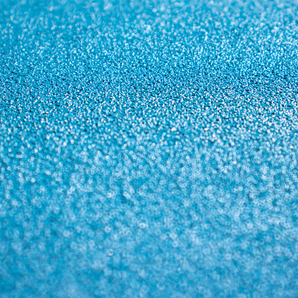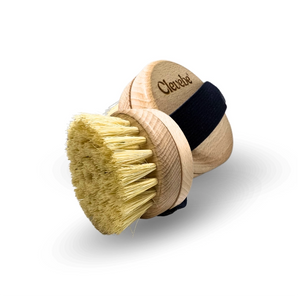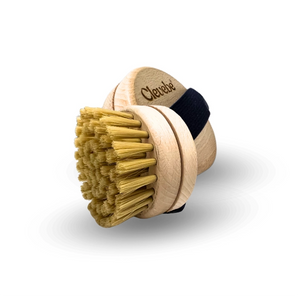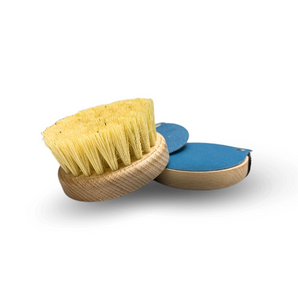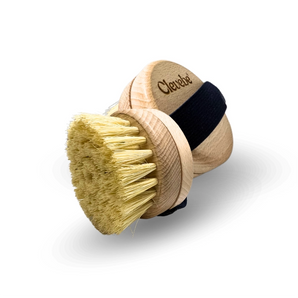When should you consult a specialist with a foot problem?
In our busy society feet they are at least a shameful topic, and most often a taboo. We don't usually talk about them with a friend over coffee like we do with other body parts such as legs, breasts or belly . As a last resort, when we have a problem with them, we go to the doctor, but we don't brag about it to anyone.
More and more often, people have big problems in... foot area (foot diseases) and want to get rid of a troublesome problem - this is evidenced by the increasing popularity of specialists treating foot diseases, i.e podologists .
Who is a podiatrist?
Podologist (combination of words podos and logos , i.e. the science of feet) is a specialist dealing with foot ailments . Despite his extensive specialist knowledge, he has not yet been included in the list of official medical professions.
As the law says: "Profession Podiatrist No. 323014 - practicing unconventional or complementary therapy methods" . To become one, you must complete demanding specialized courses.
What does a podiatrist do?
The podiatrist has extensive knowledge in various fields of medicine and at the same time cooperates with other doctors - dermatologists or diabetologists . When I say that a podiatrist deals with feet, I mean comprehensive treatment - from the skin, through nails and muscles.

Podiatry office
When to see a podiatrist?
People who, despite their best efforts, most often go to a foot specialist foot care with creams, graters, pumice stones or visits to a beautician they still have a big problem that cannot be removed.
While gaining knowledge about podiatrists in Poland, I recommended my mother to go to such a specialist. He has had it for years cracked heels, ingrown toenail, corns and dry feet . She had already tried various methods and only a podiatrist was able to help her.
There are also other indications to see this specialist. Examples are these ingrown toenails, hallux, sweaty feet, various types of skin calluses, corns, calluses, athlete's foot or even diabetic foot .
As the name suggests, diabetic foot occurs as a complication of diabetes. Symptoms include pain, open wounds and ulcers. Another unusual ailment for which we can consult a specialist is: hyperhidrosis of feet.
To sum up - a visit to a podiatrist is necessary if we notice it disturbing changes in the lower limbs.
Additionally, in podiatry office can be done podiatry pedicure, which involves strengthening nails to minimize the problem of breaking them professional nail cutting and, if necessary, make them reconstruction .

Feet requiring proper treatment
What does a visit to a podiatrist look like?
During the first visit, the podiatrist performs routine interview , asking about illnesses and injuries. Then he executes manual foot examination . If necessary, a specialist may perform a test called . It's a computerized foot examination, but don't worry - it's completely painless.
After taking off your shoes and socks, you leave your feet bare on a special device called colaroscope (mat equipped with sensors and detectors, connected to a computer). Interestingly, the device creates an image of the foot, which is then displayed on the monitor.
The daroscope is used to measure the maximum and average pressure on the sole of the foot - both while standing (static examination) and walking (dynamic examination).
In case they are our pain hard heels, calluses and calluses — I recommend using what's new in the category foot care : Heel grater with replaceable inserts for Clevebe foot peeling and massage .
It will not replace a visit to a podiatrist, but It is perfect for use between treatments , maintaining the effect and getting rid of the growing epidermis. It's excellent for people with a bad spine and those who cannot bend .










